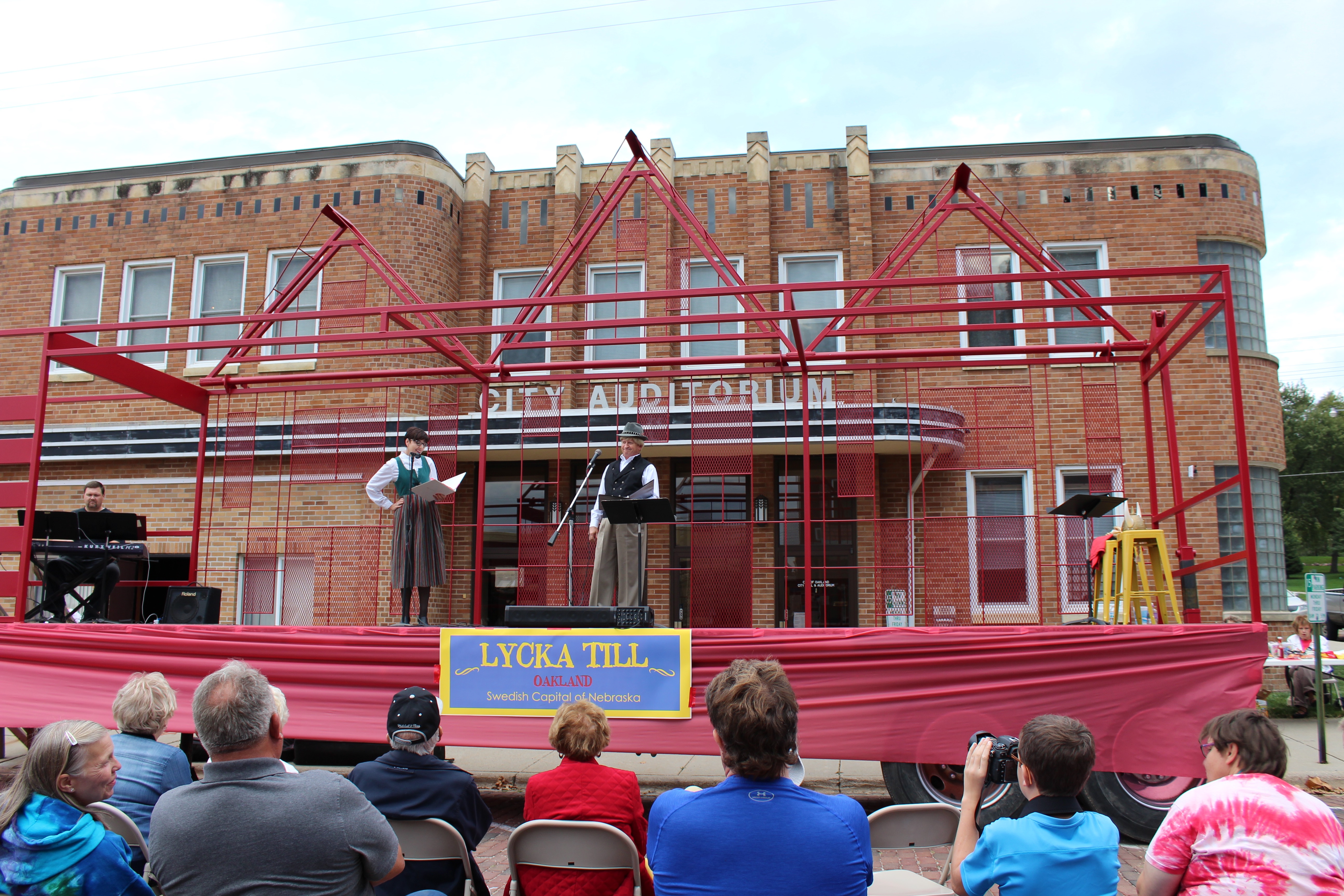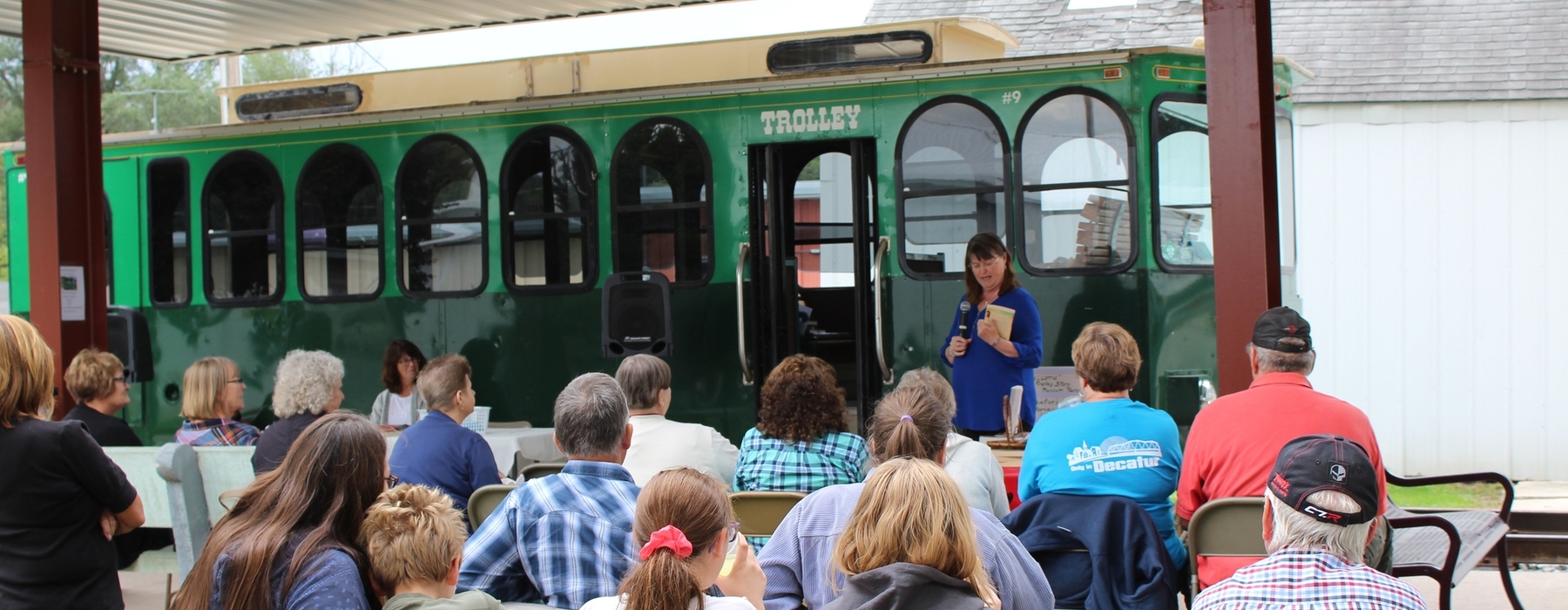Rural arts programs build on history and strong ties to community and how it works. Rural art integrates into the community with creative placemaking, makerspaces, and public arts.
The principle behind this cultural use of arts is the need for people to express themselves while trying to promote progressive social change. Without this expression in small rural communities, there would be no united sense of purpose. Citizens are able to participate and enhance the place where they live through a democratic and cooperative process.
Small rural communities look at the arts to preserve what they view as beautiful. The history of the arts in small rural communities details a sense of defying the industrial view of the world. In most rural farming areas, the land is seen differently, and environmental beauty is an integral part of art. Theater, music, art, and other forms of expression often depict harmony with the land.
Byway of Art
The Byway of Art is a socially-engaged art project about community process and participation.
In Lyons, Decatur, and Oakland, Nebraska, in 2015, unique artworks emerged from the stories of each place. We asked, “What makes your town special?” during “outdoor living room” events, where residents got comfortable in couches and chairs assembled along their town’s main street.
Using these conversations as a guide, we translated each town’s unique character into three site-specific designs. The Byway of Art is made possible with funding from ArtPlace America.
Decatur
In Decatur, residents referenced a trolley car that once operated in the town of 500 people. The legend, as it turned out to be, was traced back to several early postcards. The postcards, showing a trolley superimposed on main street, were used to market the town to outsiders. “Rural Legends”—the town’s new storytelling venue in an old trolley car—was born from this quirky legend; the result an artwork that turns fiction into reality.
Lyons
The “Storefront Theater” in Lyons came from the town’s concern over vacant storefronts and fond memories of the old movie theater. The Center’s hometown, organizers engaged with the community and the artist to create an outdoor theater that literally folds out onto main street—turning an abandoned building into a functional artistic space for the community to enjoy. At the theater’s first event, more than 200 people attended the premiere of a local filmmaker’s documentary about Lyons’ Main Street.
In 2016, the project won a national award for compelling public art.
Oakland
The project in Oakland is equally exciting and engaged. Lycka Til, a usable art piece, was inspired by the towns’ Swedish culture and was completed in May 2017.
Oakland residents agreed that it captured their Swedish heritage. A mobile stage with a backdrop of Swedish row homes, it was dedicated before a performance of “Ole’s Last Bow,” a musical based on a true story of Ole Ivverson, one of the last Swedish vaudeville performers.



